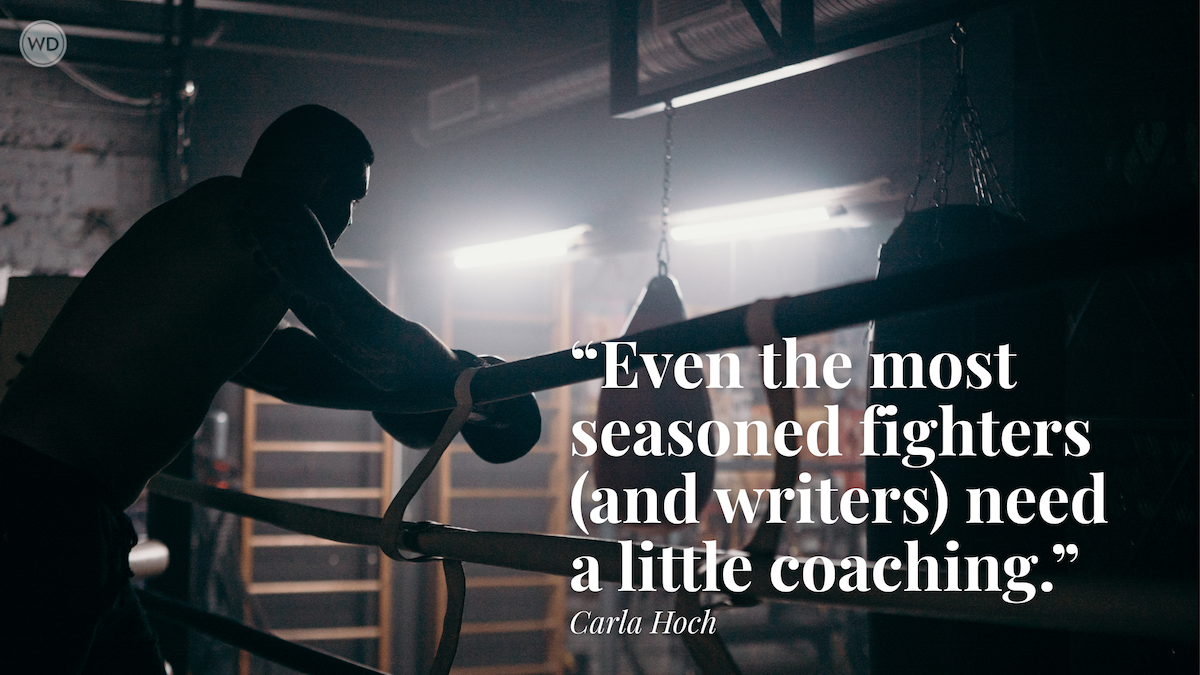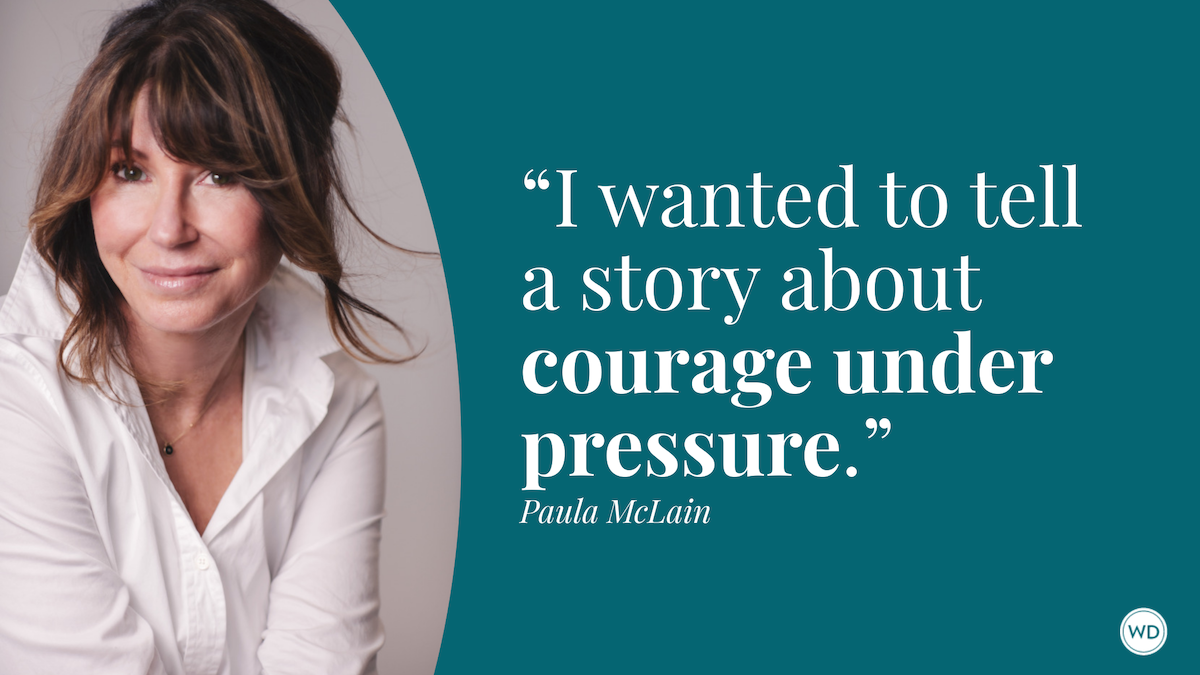Dark Corners: 4 Strategies for Developing Horror Settings
Author Kailee Pedersen shares four strategies for developing horror settings that will leave your readers on the edge of their seats.
Horror thrives in striking, lucidly rendered surroundings. Lovingly-described crevices, unlit alcoves, and shadowed grounds are all fertile places for fear and anxiety to take root.
For my debut Midwestern Gothic horror novel Sacrificial Animals, I heavily invested in developing an authentic setting that served as the backdrop to the protagonist Nick Morrow’s psychological unraveling. Sacrificial Animals takes place almost entirely on the thousand-acre farm of Stag’s Crossing, a secluded and increasingly menacing patch of land in rural Nebraska that is the site of both Nick’s extensive childhood trauma and the Morrow family’s ruination.
Here are four strategies I utilized over several drafts to help refine the setting of Stag’s Crossing into the vivid environment that it became in the novel’s final incarnation.
Devilry in the Details
Stag’s Crossing was heavily inspired by my family’s farm in Fremont, Nebraska, which made it natural for me to move beyond stereotyped images of rural life in the heartland and dig more deeply into the nuances of the setting. Rather than portraying a beatific and simplified vision of happy dairy cows and bucolic farm boys living in harmony with nature, I was able to evince the darker side of farm life—including the drudgery, humiliation, and cruelty that lurked in dinner table retellings of our family legends.
Details can lend authenticity to the setting, but can also be used to set up plot twists, foreshadowing, or simply as imagery to additionally convey mood, tone, and characterization. A decapitated stag’s head welded to the iron gates of the estate, the guns left hanging and unattended in the Quonset, and the fact that Nick’s childhood bedroom is the smallest in the house all indicate important things about Stag’s Crossing and the men who reside there. They also provide unsettling hints at what might be the Morrow family’s eventual fate.
Psychic Reflections
The environment can be utilized to suggest a great deal about a character’s psyche. Carlyle Morrow, Nick’s abusive and domineering father, built Stag’s Crossing “in dreamy half duplication of the sublime southeastern plantations he had marveled as a boy … atop bedrock that wept at his approach, that refused to yield to his inescapable will as he made great gaping wounds in the ground.” Carlyle’s interactions with the very soil that will become Stag’s Crossing is violent, and this violence extends to his interactions with the sons he raises atop it.
Carlyle’s later disownment of his favored eldest son Joshua is also foreshadowed here—his admiration of the South Carolina plantations from his childhood implies an unquestioning acceptance of racial hierarchy and brutality that is coherent with his decision, decades later, to disinherit Joshua for the “crime” of marrying an Asian woman.
These crucial aspects of Carlyle’s character—his brutality, his racism, his desire to master the natural world at all costs—inform his behavior throughout the novel and irrevocably entangle him in the cycle of violence and revenge that cascades into the novel’s gory finale.
Isolate the Characters
Creating a setting in which the characters are physically trapped can heighten fear and provoke a claustrophobic atmosphere. The geographic remoteness of Stag’s Crossing means that escape is almost impossible. The characters are forced to contend with the ghosts of their pasts—or die trying.
Isolation can manifest not only as physical aloneness, but also an emotional state. Not only is Nick physically stuck at his childhood home, he is also mentally imprisoned there. Consumed with anger, unresolved grief, and visceral memories of his father’s abuse, he is unable to move on. While the horror of Sacrificial Animals eventually reveals itself as part of the supernatural, there is another horror lurking beneath—the horror of Nick’s inability to leave behind his intergenerational trauma.
Atmospheric Disturbances
Once a work has established and familiarized the reader with its setting, moments of interruption are an effective method of heightening anxiety. Usual happenings have become unusual. Something is out of place—but what, and why?
Sacrificial Animals establishes that Carlyle has a deep hatred of outsiders, refuses to let visitors onto his land, and the woods near the farm are uninhabited. Yet when Nick finds a human footprint in the area, he sees it “in the dirt like a warning. What manner of stranger comes to Stag’s Crossing?” When he dutifully reports this to his father, Carlyle expresses a paranoia that “spirits” or some other nefarious and unseen forces are at work.
Something so normal—a footprint in a wooded area—becomes, in this context, a threatening and intrusive sign. Who came to Stag’s Crossing? And why? The footprint remains unexplained for much of the novel, but it is a lingering symbol of the family’s growing unease and serves to develop a relentless, crescendoing sense of dread.
A strong setting anchors a horror story and its characters in a specific time and location. It provides shape and form to the space in which the events of the work will play out. Sacrificial Animals would not have been possible without the distinctly Gothic locale of Stag’s Crossing. Readers will return again and again to richly immersive worlds; I hope these four strategies might help you craft one of your own.
Check out Kailee Pedersen's Sacrificial Animals here:
(WD uses affiliate links)









